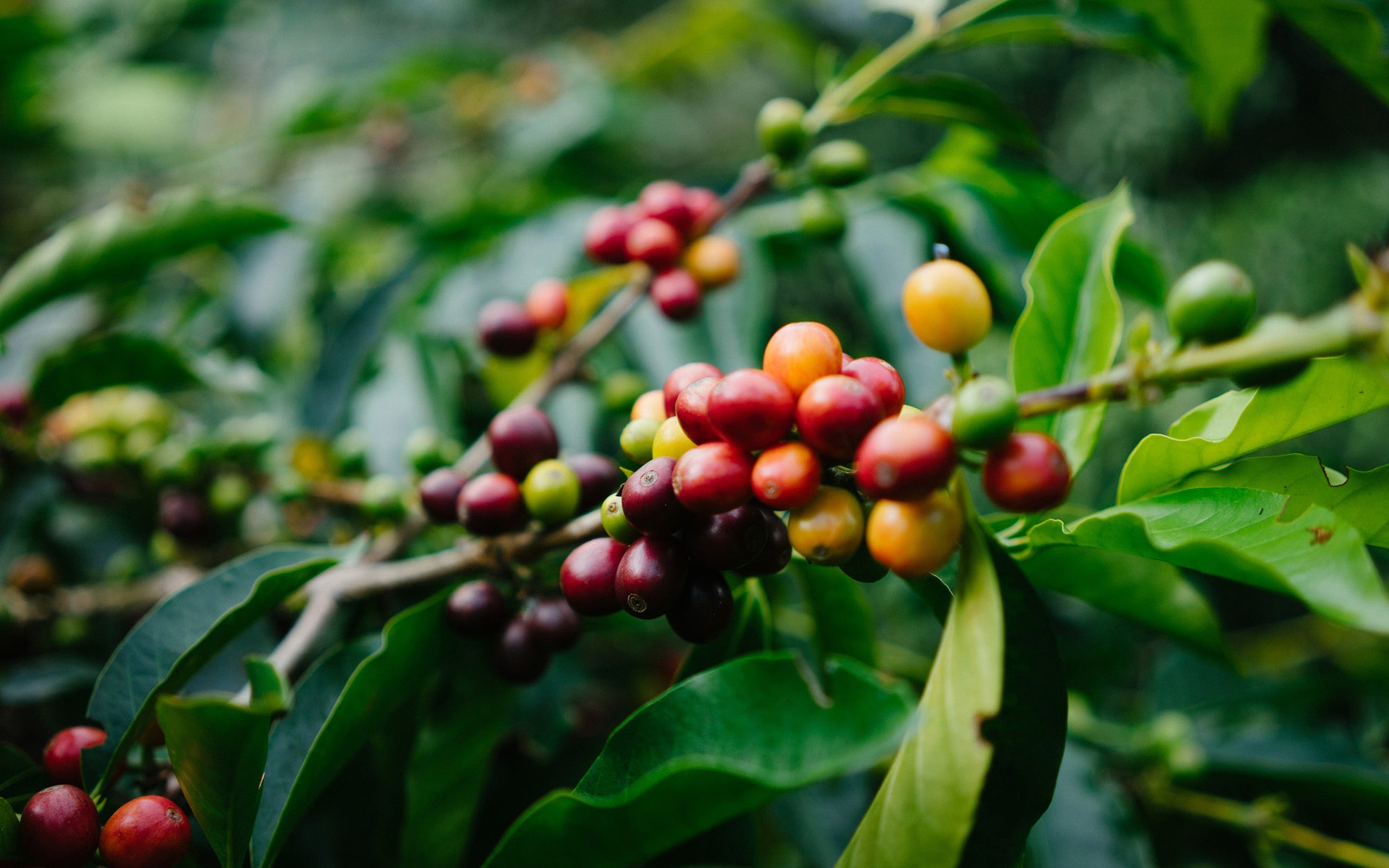Unit Fourteen our house coffee
What is a house coffee? A house coffee to a coffee shop is like a house wine to a restaurant, it’s got to appeal to the widest audience but it also has to reflect what you’re doing. In both cases whether coffee or wine the best places are proud of their house, their most affordable product because it reflects their ethos and their taste.
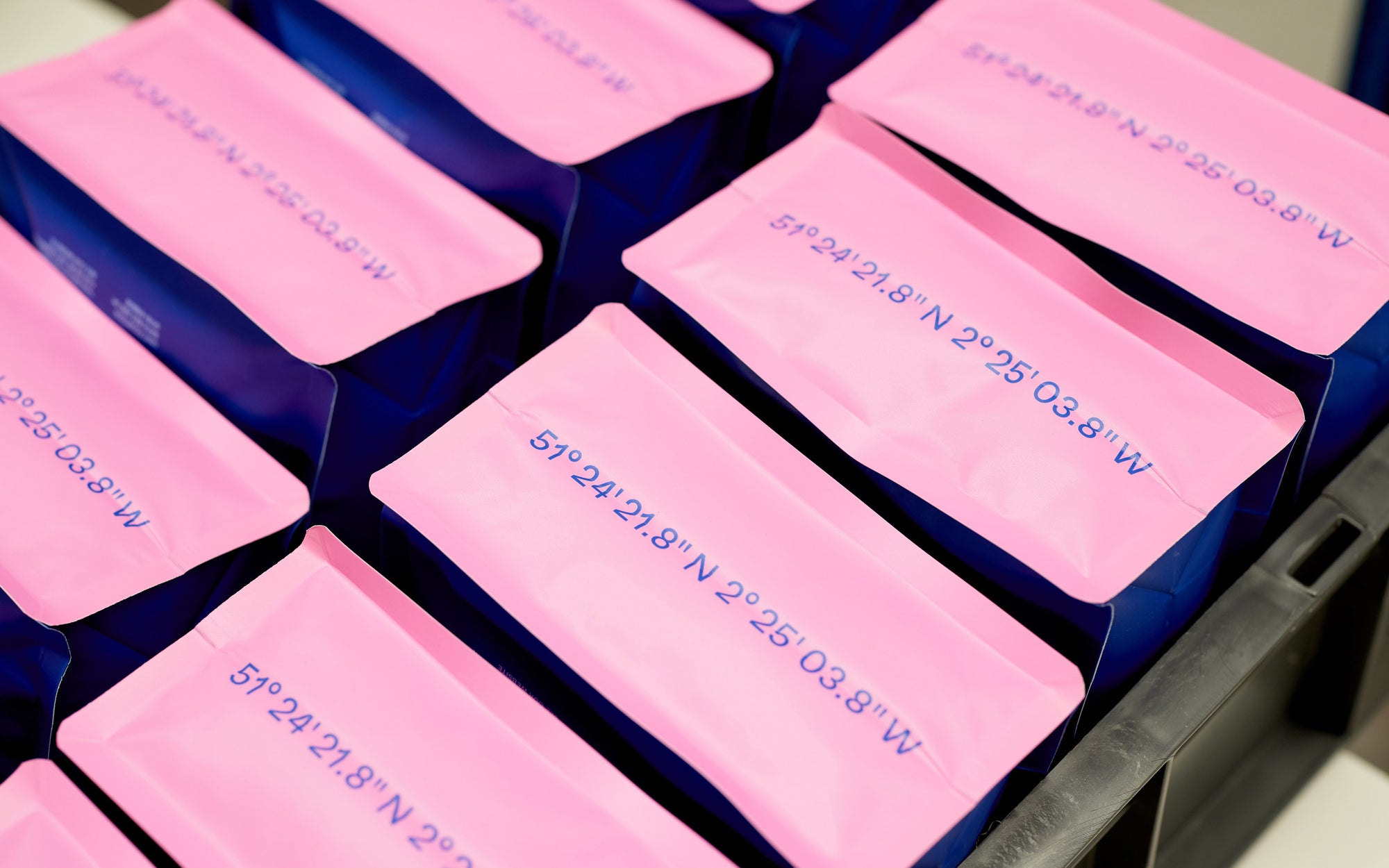

The real challenge of a house coffee is that it needs to be a reflection of the ethos and taste of the proprietor and also be a crowd pleaser; with a flavour profile that doesn’t have too much acidity, bitterness or other divisive qualities. The coffee that will satisfy the espresso drinker who loves drinking espressos in Milan or the Flat White drinker who got into coffee in Melbourne. This set of parameters is a lot of the reason why it’s one of the most challenging coffees to source.
Unit Fourteen: The history of a mini brand
Our approach to house coffee has changed a lot over the last ten years and we hope it will continue to evolve and improve from here. In the very early days of Round Hill we had a seasonal blend and then quite quickly went from that to single estate, single farm or single origin coffee. A lot of roasters make blends for their house coffee, mixing usually two or three different coffees but sometimes more. While we throw no shade at those making blends and understand the benefit, for us it seemed slightly counter to our aim of promoting producers to mix their work before selling it, so we stopped. Blending is usually done primarily to create a consistent flavour profile, in the case of house coffees it’s that profile we’ve discussed; a profile that pleases most palates. Many of the coffees from Central and South America that we tasted met our criteria, so in general our house coffee comes from those places. As a quick side note we are looking to possibly source one from Ethiopia in the future.
It wasn’t until about 5 years into Round Hill in 2017 that we finally gave a name to our house coffee. Unit Fourteen, is the first line in the address of our ‘house’, the roastery, and it made a little brand that people could associate with us rather than the farm or producer names that change. It also gives that line of continuity which ultimately seemed to be what customers were looking for. Hopefully, by including farm cards and talking a lot about the coffees that assume the Unit Fourteen mantle, we are able to offer that continuity without compromising on our goal of celebrating the farms and people that produce these coffees
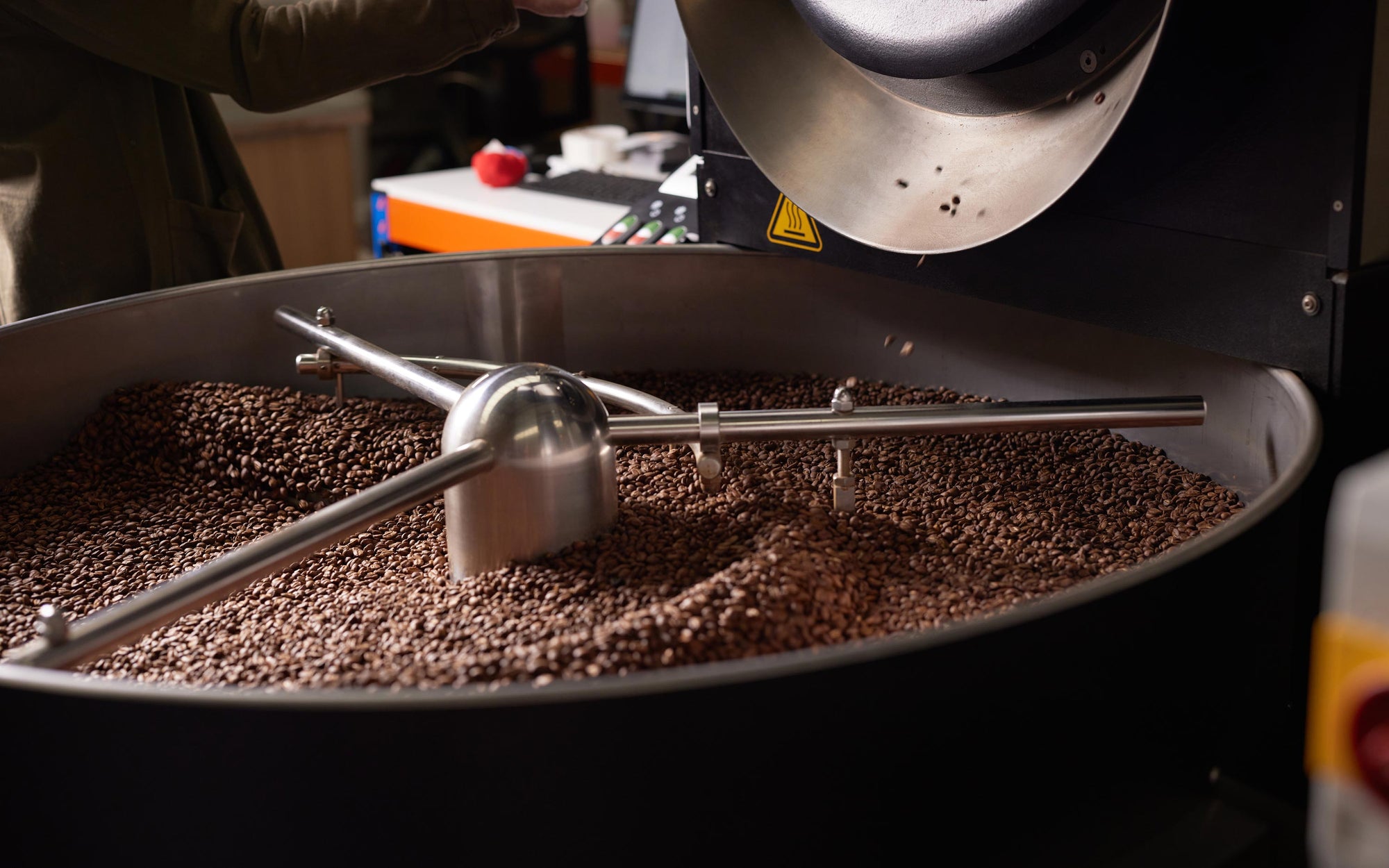

What we look for in a house coffee
All coffee is quality control scored (or QC for short) by highly qualified licensed tasters and all specialty coffee by definition score above 80 points. Typically when you’re buying coffee, the more expensive, higher scoring lots tend to be more complex, more fruity, higher in acid and with a more dynamic flavour, whereas cheaper, lower scoring coffees say around the 80-82 points mark often taste chocolatey or nutty but in a fairly two dimensional way. We’re looking for coffees that predominantly taste of milk chocolate, caramel, caramelised nuts, those kinds of flavours but with complexity and those coffees that meet that crowd pleasing criteria whilst being complex and interesting can be quite hard to find. Unit Fourteen coffees generally sit in the 85-86 bracket, really high quality coffee but still with more of a classic flavour profile. This also allows us to profile our house coffee as a seasonal single origin, it is unusual to see a roasteries house espresso roasted for filter as they usually lack the complexity and clarity you’d look for in a light roasted filter.
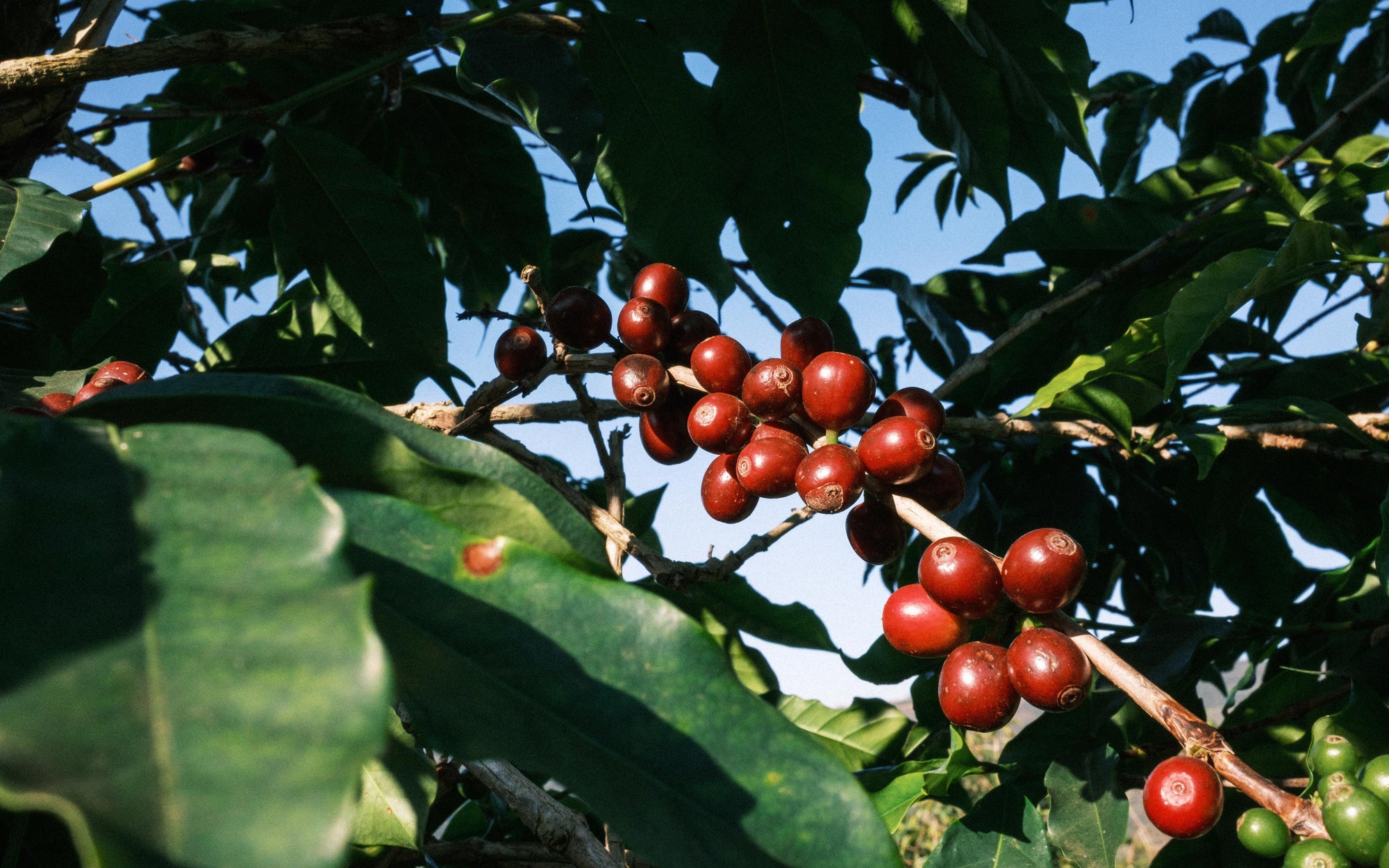

Seasonality
Our Unit Fourteen is seasonal, changing usually only 4 times a year. Generally we move from Peru with Estrella Divina in Winter, on to Colombia with La Claudina in Spring, on to Honduras with Caballero in Summer and finally back to ending the year the following season's Estrella Divina. We love revisiting those farms each season, seeing how coffees vary from year to year, and there is a comfort in connecting the seasons with specific tastes.
House as the centre of our offering
There can be a bit of a trend for coffee roasters to heavily promote interesting microlots and exciting expensive coffees but offer fairly cheap low quality coffee as house. The reality is that those house coffees are generally the coffees purchased in the greatest volume and thus the way that a roastery can offer the greatest support to a farmer or producer’s business. Our approach is to buy a lot of our smaller microlots and often more expensive coffees from the same producers we buy Unit Fourteen from. So we are investing heavily in their business on an annual basis but also building a much deeper and fuller understanding of those farms and coffees. This is another reason why we centre our buying around Unit Fourteen, and have to be so selective in where we buy those coffees. It can be difficult to find farmers and producers that can produce high quality coffee at the volumes we need for Unit Fourteen as well as other interesting coffees to complement our coffee offering. What makes it even harder is that we ideally want to work with the same producer for years to come and we are a growing business so we need to find producers that we can grow with!
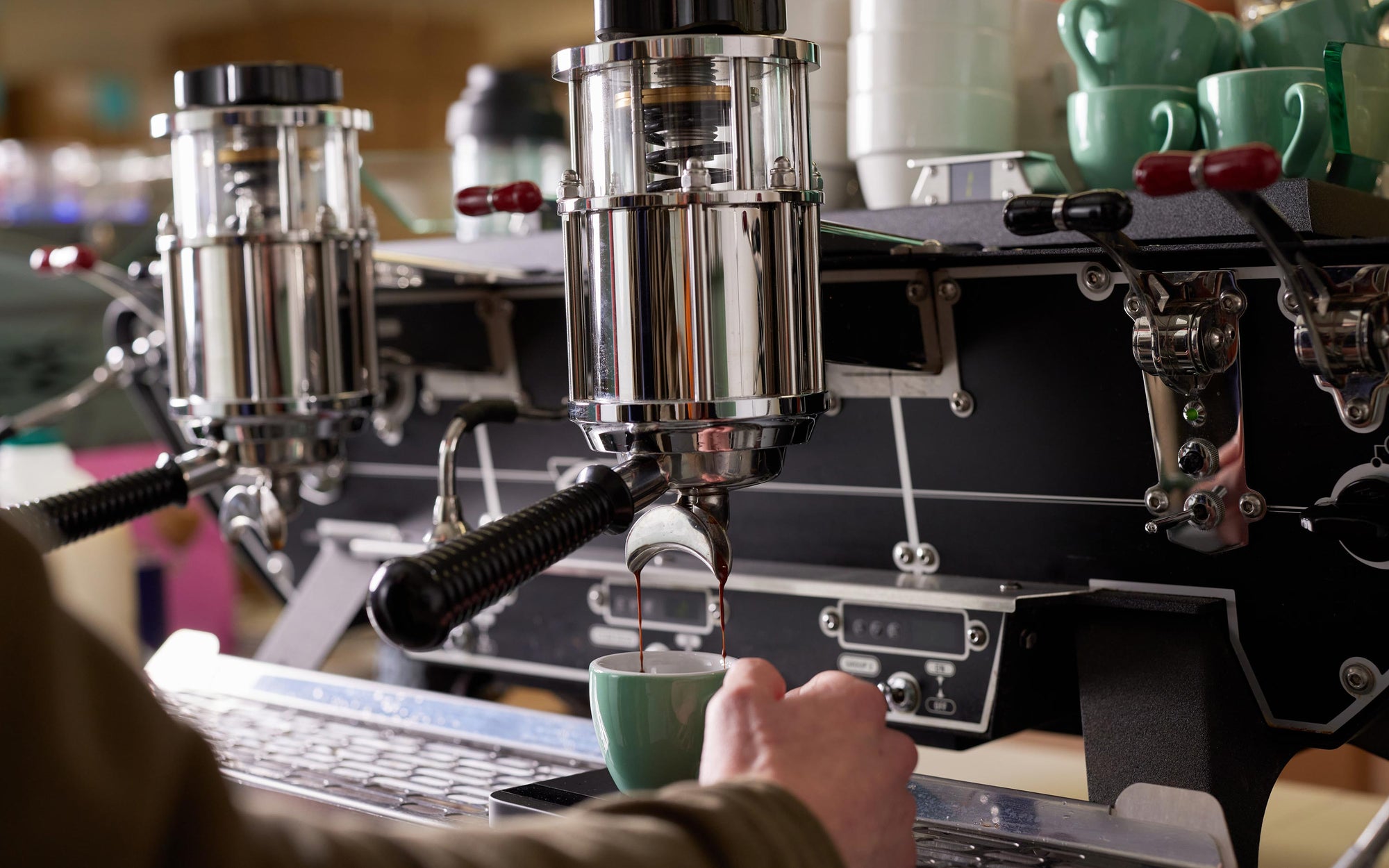

Moving into Winter with Estrella Divina
As it is winter we are moving on to our Peruvian Unit Fourteen, Estrella Divina, unlike our three main Unit Fourteen coffees it doesn’t come from one producer but rather a collective of 27 small hold farmers, with 1-3 hectares each located in high altitudes. The producers are part of a coffee quality program and all organic certified. We’ve been buying Estrella Divina for 4 years and continue to be impressed by the quality.
Unit Fourteen all year round
We have just launched new types of subscriptions. One of them is a Unit Fourteen Subscription, so if you’d like to give each of the seasons its own origin and flavour and think you’d enjoy tasting Unit Fourteen throughout the year as much as we do why don’t you sign up to save 10%
